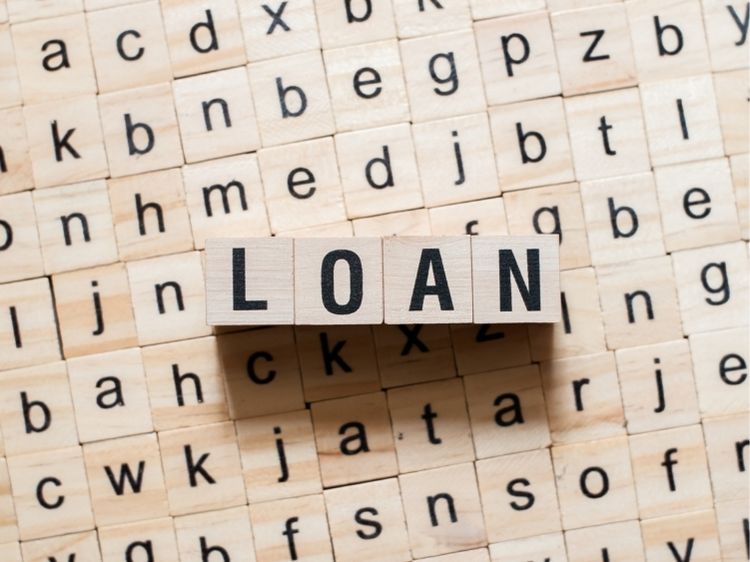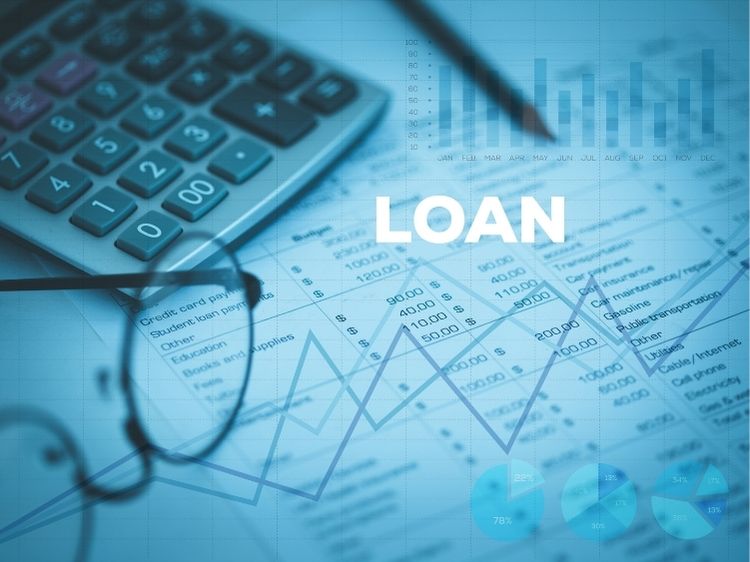Have you ever wondered what happens when the central bank announces an interest rate cut? It’s like a ripple effect across the economy, influencing everything from loans to investments. In this article, we’ll delve deep into the world of interest rate cuts, breaking down what they are, why they happen, and how they affect various aspects of the financial system. Buckle up, because by the end of this journey, you’ll have a clear grasp of this crucial economic tool.
What Is an Interest Rate Cut?
An interest rate cut occurs when a central bank, such as the Federal Reserve in the United States, reduces the interest rate at which commercial banks can borrow money. This benchmark rate influences the interest rates that consumers and businesses encounter for loans, mortgages, and savings. Essentially, when the central bank lowers its rates, borrowing becomes cheaper, and saving yields less interest.
Why Do Central Banks Cut Interest Rates?
Central banks cut interest rates for several reasons, often tied to economic conditions. Here are some common motivations:
- Stimulate Economic Growth: Lower interest rates make borrowing more attractive, encouraging spending and investment.
- Combat Inflation: Reducing rates can help control inflation by making borrowing cheaper and stimulating economic activity.
- Encourage Employment: With lower borrowing costs, businesses can expand operations and hire more employees.
- Support Financial Markets: Cheaper borrowing can stabilize financial markets during times of uncertainty.
The Mechanism Behind Interest Rate Cuts
When the central bank cuts interest rates, it directly affects the economy through several channels:
- Consumer Spending: Lower interest rates mean lower monthly payments for loans and mortgages, leaving consumers with more disposable income.
- Business Investment: Companies can finance projects at a lower cost, promoting expansion and innovation.
- Housing Market: Reduced mortgage rates can boost the housing market as buying homes becomes more affordable.
- Exchange Rates: Lower interest rates can weaken the national currency, making exports cheaper and more competitive internationally.
Historical Examples of Interest Rate Cuts
The Great Recession (2007-2009)
During the Great Recession, the Federal Reserve slashed interest rates to near zero in an attempt to revive the economy. This move was aimed at increasing liquidity in the financial system and encouraging borrowing and investment.
COVID-19 Pandemic (2020)
In response to the economic fallout from the COVID-19 pandemic, central banks worldwide implemented significant interest rate cuts. The Federal Reserve, for example, reduced rates to near zero to support economic activity and prevent a deeper recession.
Impact on Consumers
Loans and Mortgages
One of the most immediate effects of an interest rate cut is felt in the realm of loans and mortgages. When rates drop, existing loan repayments often become cheaper, and new loans are offered at lower rates. This can lead to increased borrowing, as consumers take advantage of the favorable conditions.
Savings Accounts
On the flip side, interest rate cuts can negatively impact savers. With lower interest rates, the returns on savings accounts diminish, which might encourage consumers to look for alternative investment opportunities with higher yields.
Impact on Businesses
Investment and Expansion
For businesses, lower interest rates can be a boon. Reduced borrowing costs mean companies can finance new projects, expand operations, and invest in innovation more cheaply. This increased investment can lead to job creation and overall economic growth.
Stock Market
Interest rate cuts can also positively affect the stock market. Lower borrowing costs can improve corporate profitability, which can boost stock prices. Additionally, with savings accounts offering lower returns, investors might turn to the stock market in search of higher returns.
Global Perspective on Interest Rate Cuts
The European Central Bank (ECB)
The ECB has frequently used interest rate cuts to manage economic growth and inflation within the Eurozone. For instance, during the Eurozone crisis, the ECB implemented several rate cuts to stimulate the economy and stabilize financial markets.
The Bank of Japan (BOJ)
The BOJ has maintained an ultra-low interest rate policy for years to combat deflation and encourage economic growth. These measures have included interest rate cuts and even negative interest rates to stimulate borrowing and spending.
FAQs
What happens to my mortgage when interest rates are cut?
When interest rates are cut, your mortgage payments may decrease if you have a variable-rate mortgage. For fixed-rate mortgages, the impact will be seen when you refinance or take out a new mortgage at the lower rates.
How do interest rate cuts affect inflation?
Interest rate cuts can increase inflation by boosting consumer spending and business investment. When more money is spent, demand for goods and services rises, which can lead to higher prices.
Can interest rate cuts lead to economic instability?
While interest rate cuts can stimulate economic activity, they can also lead to potential risks such as asset bubbles if borrowing becomes too cheap and widespread. It’s a balancing act for central banks to manage these risks.
Do interest rate cuts affect currency value?
Yes, interest rate cuts can weaken a country’s currency. Lower interest rates reduce the return on investments denominated in that currency, making it less attractive to investors, which can lead to a depreciation of the currency.
Conclusion
Interest rate cuts are powerful tools in the central bank’s arsenal, capable of influencing a wide array of economic activities. From boosting consumer spending to encouraging business investment, the ripple effects of these cuts are far-reaching. While they come with their own set of risks, their strategic implementation can foster economic growth and stability.
In times of economic uncertainty, understanding the dynamics of interest rate cuts can empower consumers and businesses to make informed financial decisions. Keep an eye on the central bank’s moves, as they can significantly impact your financial landscape.
Authoritative Links
- Federal Reserve: https://www.federalreserve.gov
- European Central Bank: https://www.ecb.europa.eu
- Bank of Japan: https://www.boj.or.jp
- Mortgage Rates and Trends: https://www.bankrate.com
- Economic Analysis and Data: https://www.bls.gov



